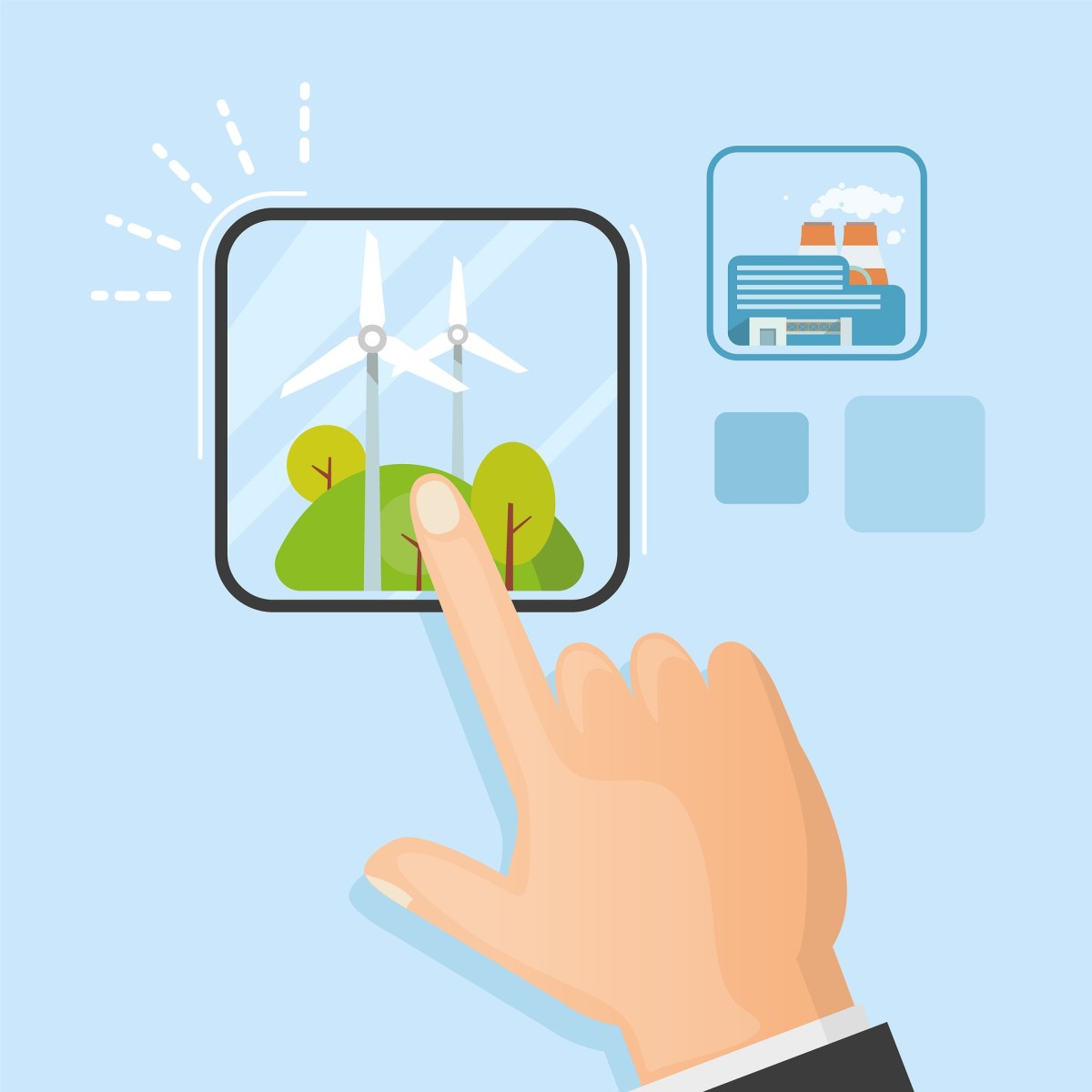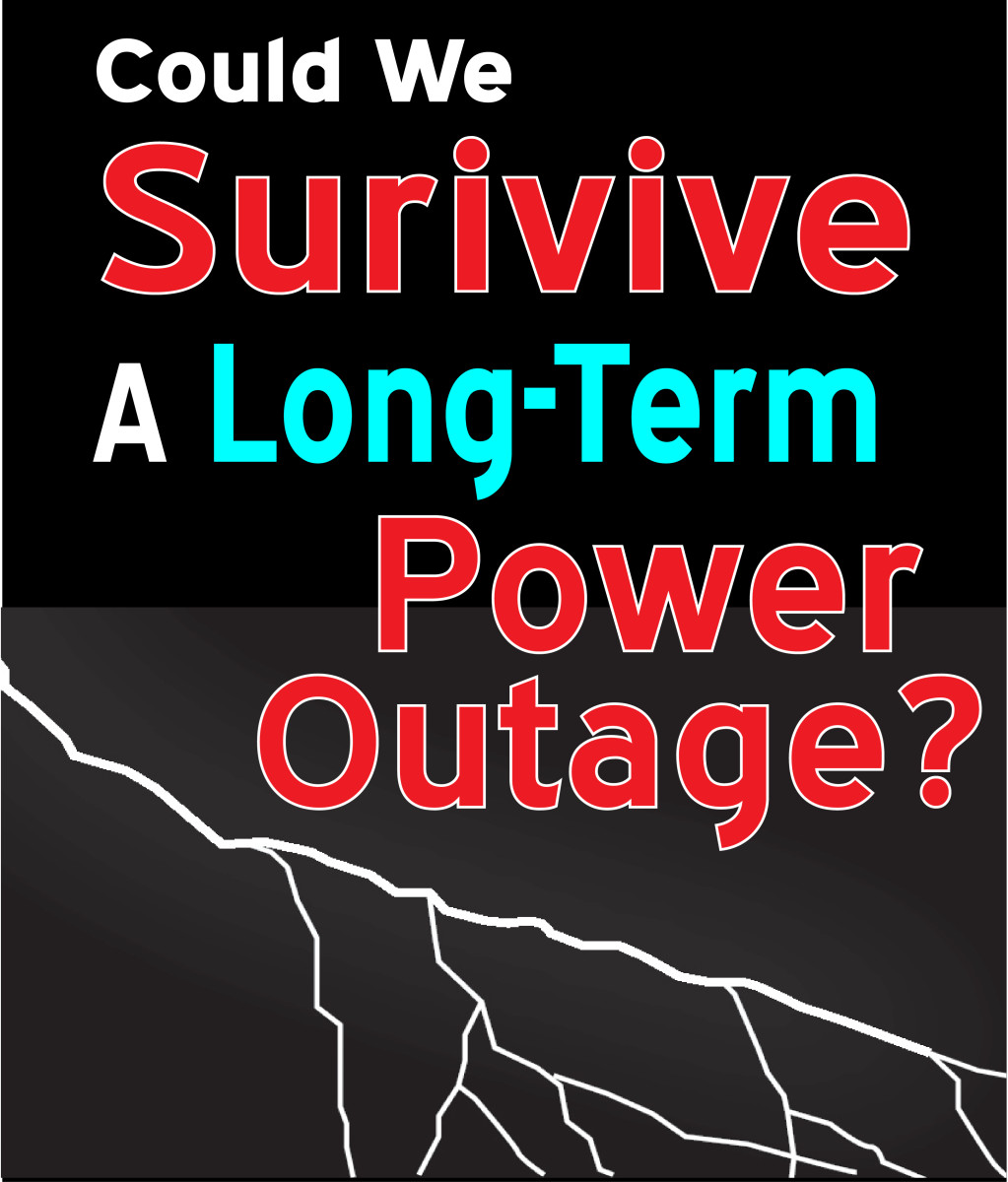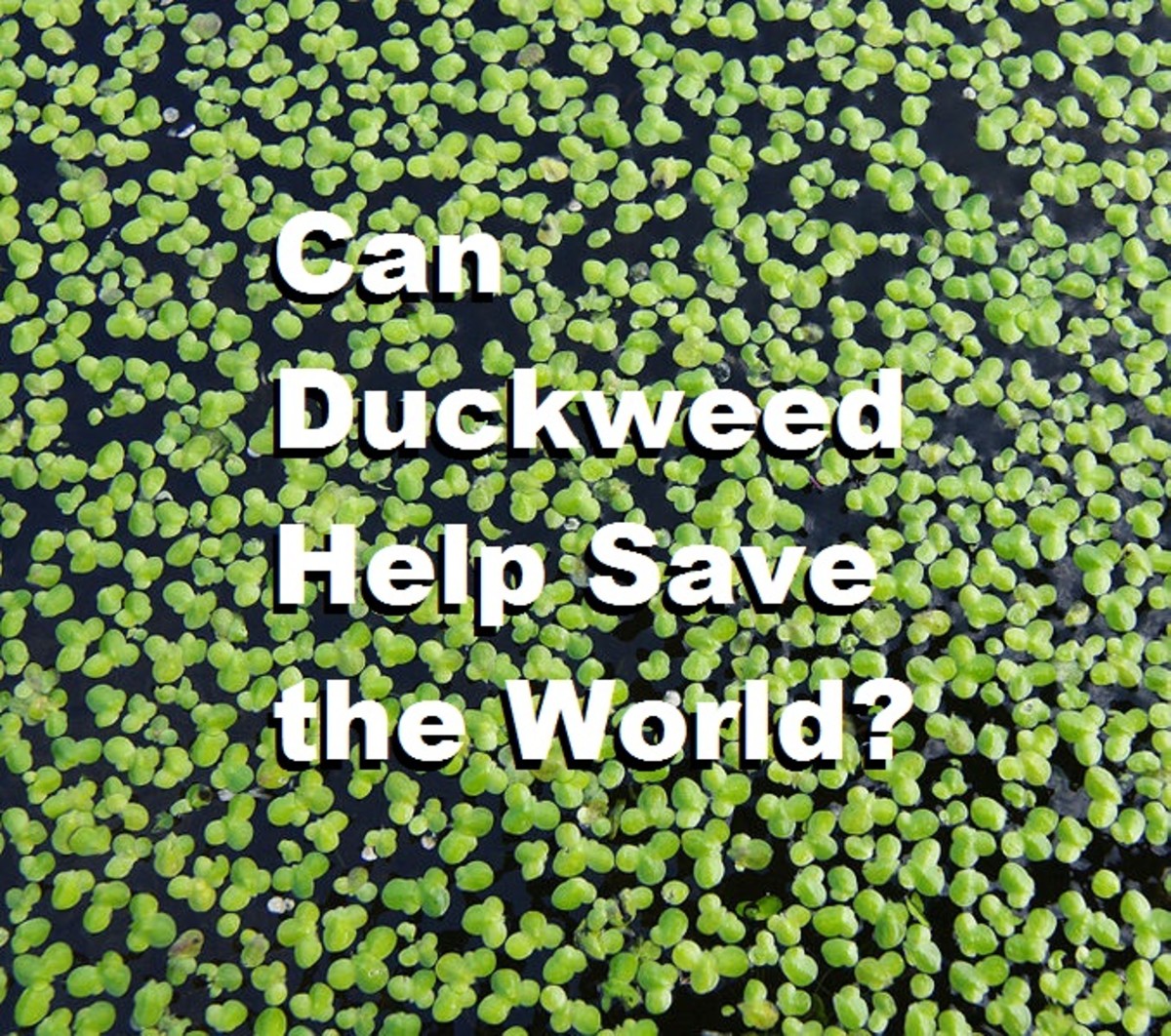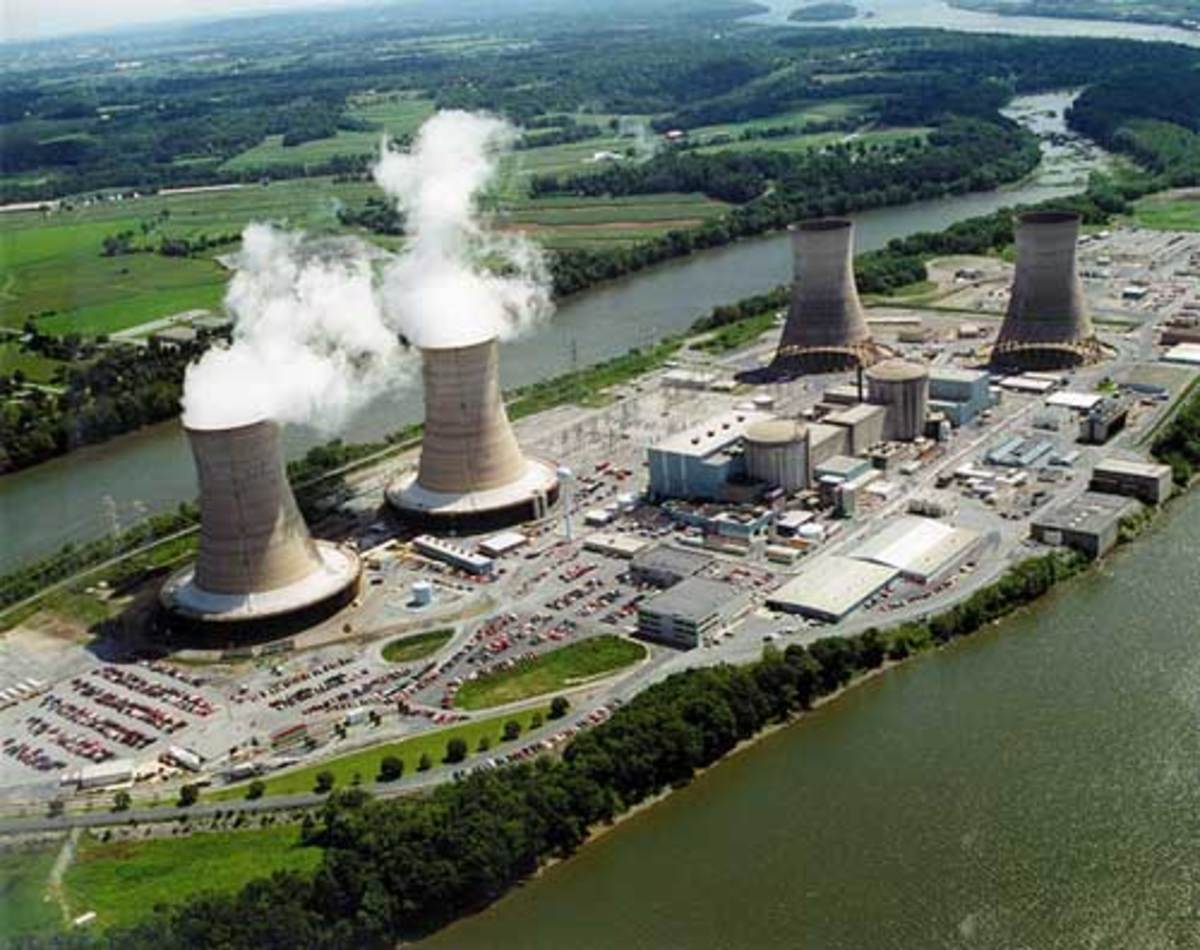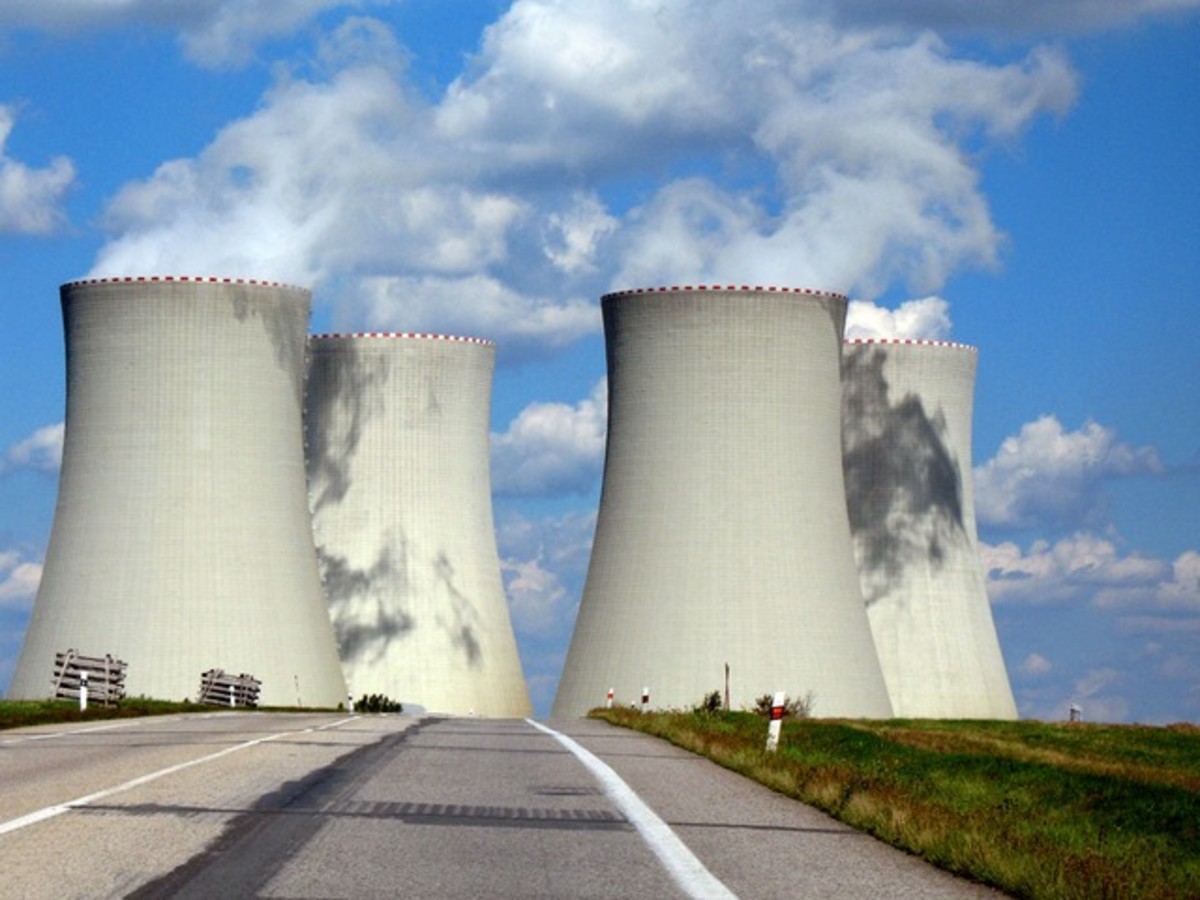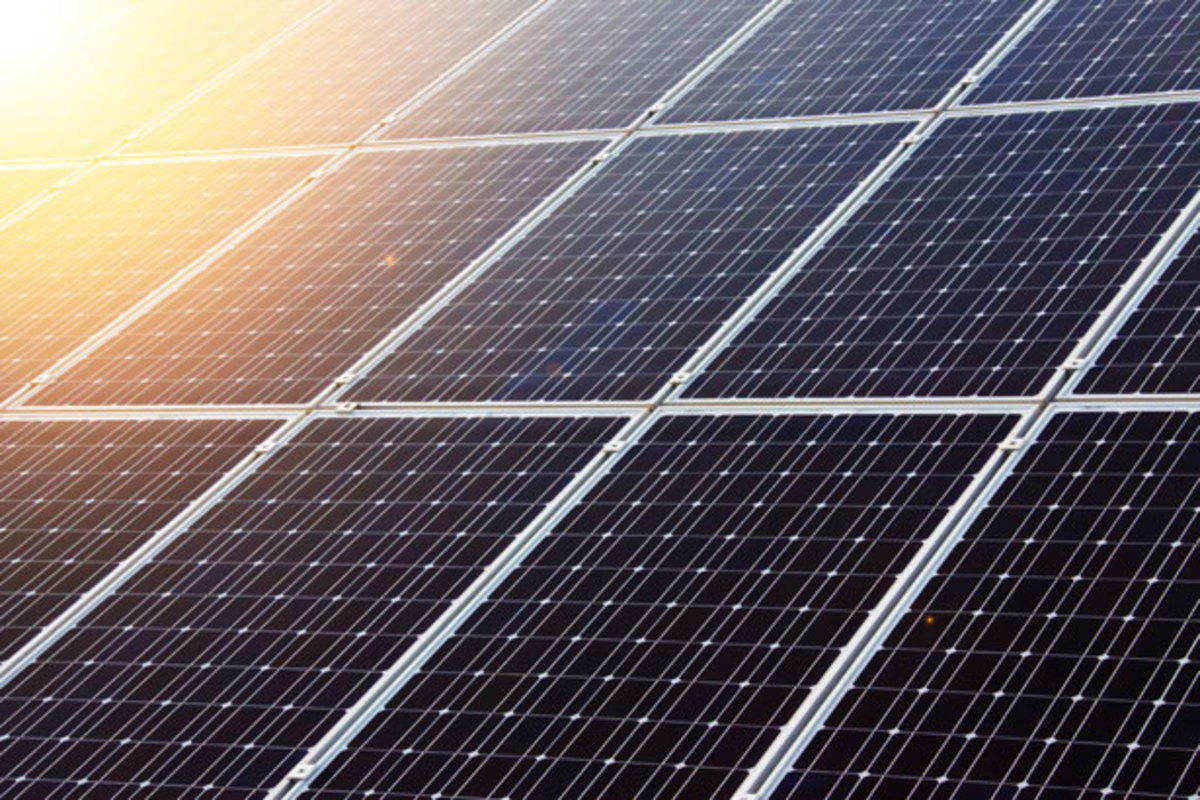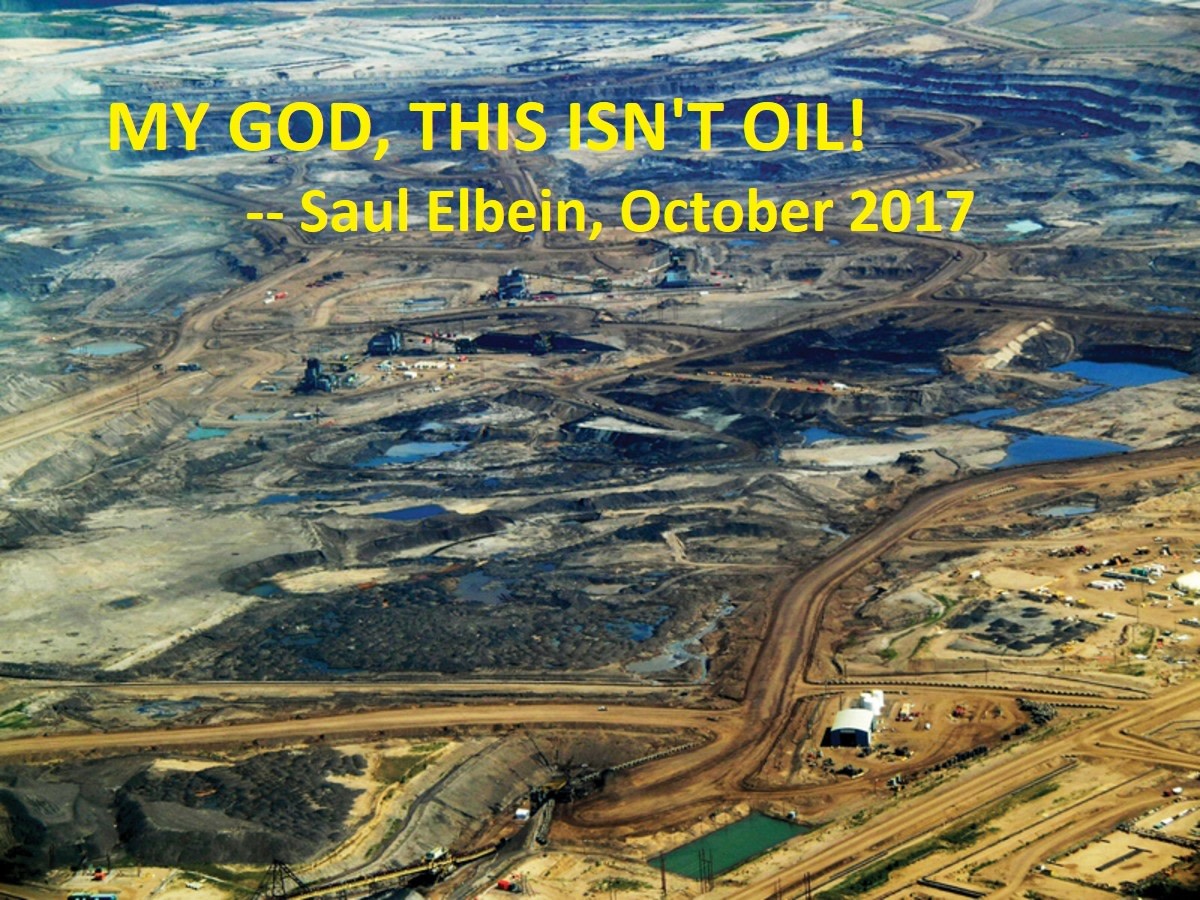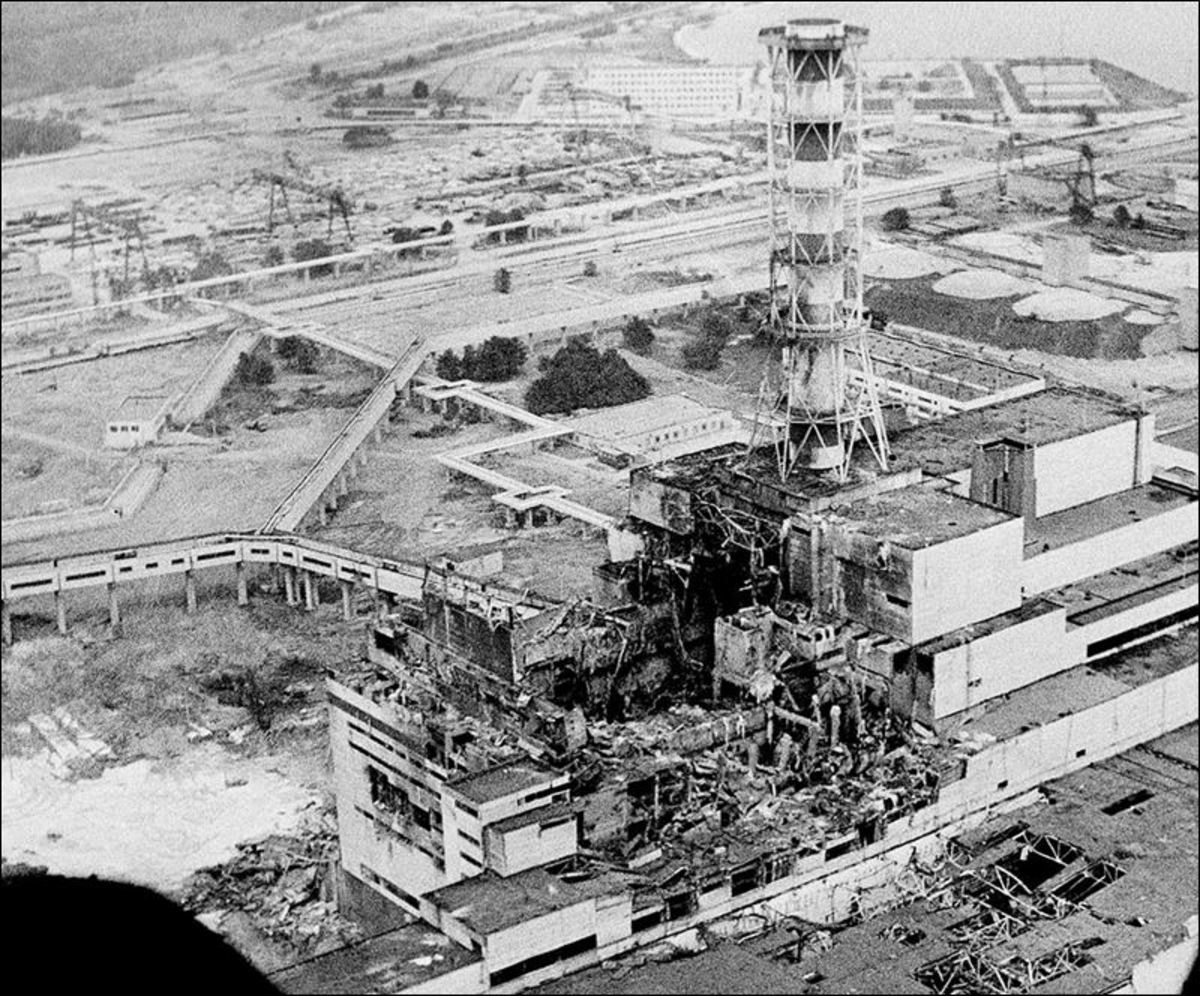Nuclear or Hyro Power? The Future of Fuel
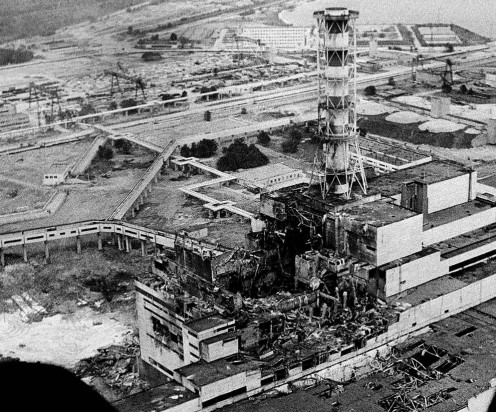
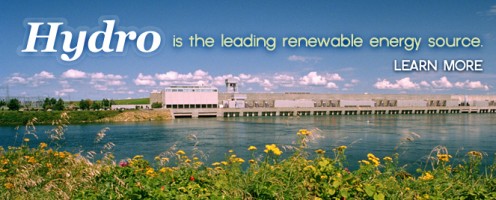
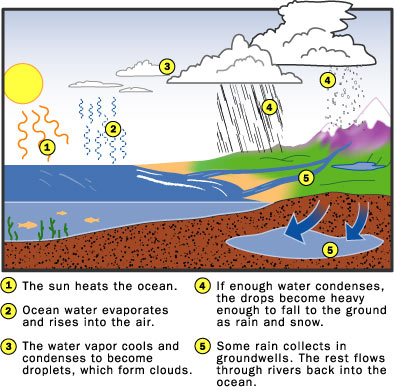
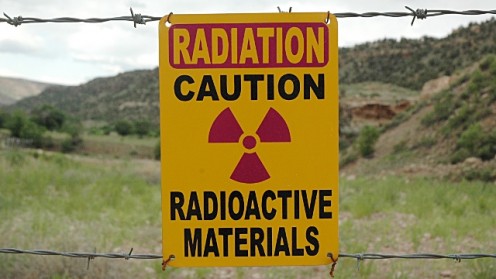
The Problem with Nuclear Energy
In March of 2011 the Fukushima Nuclear Energy plant suffered major damage in the aftermath of an earthquake that reached a magnitude of 9 and a massive tsunami, despite having shutdown the facility early on. Due to the heat still produced at the core and no electricity to fuel the coolant, the reactors began to overheat, eventually leading to an all-out meltdown and renewing the dispute over the safety of nuclear power. The event was unforeseeable and in no way controllable by humans, but perhaps it would have been better to have avoided it all together. Truthfully, the world was already well aware of the events that had unfolded at Chernobyl barely a quarter of a century prior, not to mention the fact that there are several well-known safer, cleaner, more cost efficient and renewable energy sources such as hydropower to utilize instead. Nuclear energy not so great in every way that humans should be willing to continue to tempt fate with these dangerous plants there is a better option, despite its own drawbacks.
In the wake of the 2011 disasters in Japan, “more than 15,000 people were dead or missing and thousands of square kilometers of countryside were contaminated with radioactivity.” (Nature Publishing Group, 2012) The damage will take generations to recover from. The fallout will continue effecting people and wildlife for years to come, just as it has in Chernobyl and just as it is likely to in the future catastrophes that will be unavoidable if nuclear energy use is continued, there have already been a few near misses right here in the U.S. although energy companies and groups may not want to admit it. “The Chernobyl disaster was a unique event and the only accident in the history of commercial nuclear power where radiation-related fatalities occurred.” (World Nuclear Association, 2012) They have used the words unique in such a way as to imply that this is not a concern as far as other plants are concerned and unlikely to happen again, and yet, it did, under slightly different circumstances, but the devastation is there none the less.
Nuclear Energy
Nuclear bombs and missiles are among the most dangerous and devastating weapons known to man, so why on Earth would any government see the same power as a viable energy source for replacing fossil fuels. The fact is that nuclear energy is no more renewable than oil. The fuel actually comes from uranium which is only available in limited quantities to begin with and certainly is not clean. (Rohrer, 2007) The waste management alone presents major expenses and potential environmental disaster. Not to mention the idea that nuclear power plants make for a pretty good terrorist target. The American Enterprise Institute for Public Policy Research even estimated that “a nuclear power plant accident could cause 50,000 early fatalities and $314 billion in property damages” and that was way back in 1983 (Markoff, 1983).
The dangers of nuclear energy are clear, which brings to mind a single question, why are these plants still running and why are governments still considering more of them? In short, there is no good explanation. According to http://www.advantagesofnuclearenergy.org homepage, The advantages of nuclear energy are as follows:
“It is clean. Nuclear energy is also termed as “emission free energy”. Bio-fuels are considered to be one of the safest sources of energy but one of the major problems with this energy is the emission that happens while using it but that is not the case with nuclear energy. Nuclear energy doesn’t emit gases like carbon dioxide or nitrogen.”
While it may be somewhat true, as far as the types of emissions, it is anything but clean, it is a major source of toxic waste material.
“2. Environmental safety, the water that is used in nuclear energy plants is free from radiation and hence, the water can be discharged into water resources.”
This is a blatantly false statement as the events in japan have proven.
“About 12 tons of water contaminated with radiation has leaked from Japan's crippled Fukushima nuclear plant. Plant operator TEPCO believes most of the water flowed into the Pacific Ocean. It says the contaminated water leaked from a treatment pipe. The water contained radioactive strontium which tends to accumulate in bones and can cause leukemia.” (Willacy, 2012)
3."Reliability because like other energy plants, the nuclear plants need not be shut down due to problems like weather or increase in the cost of fuel. The nuclear plants can work for 500-700 days before they are shut down for the purpose of refueling."
Unfortunately this too is a nasty falsehood, as stated previously the Fukushima plant was shut down as a preemptive measure prior to the tsunami.
4. "With the help of nuclear energy, the dependency on other resources like oil and gas can be reduced. The energy, which is, produced by using one ton of uranium, is much more than energy, that is, produced by way of burning several million tons of coal."
This may not be exactly false, but it does not address the fact that the Earth only has a limited supply of uranium therefore the same concerns apply using this non-renewable energy source as do to fossil fuels. There just is no valid, long standing benefit to nuclear plants but something must replace them.
Check out these great titles
Hydro-Energy
Hydro plants in contrast to nuclear truly are a clean, cost effective, sustainable energy source. There are certainly some negatives to the use of hydropower but they are far outweighed by the positives. Hydropower is a safe, domestic energy source so there is no concern with trade issue or terrorist targeting. It relies on the Earth’s natural water cycle and does not cause pollution in the air. (The Water Power Program Team, 2011) The environmental concerns with hydropower primarily involve changes in the natural flow of water ways, danger to spawning fish as far as ability to travel both up and down stream and lower oxygen levels in the water. Each of these concerns is being addressed, in fact one of the biggest drawbacks to building new hydro power plants is the amount of environmental reporting and regulations that must be followed which sometimes inhibit time constraints and cost effectiveness.
Oxygen levels in the water are being replace through the use of new aerating turbine technology. (TVA Environmental Information Center, 2011) Micro hydro or smaller megawatt producing facilities are being developed in place of traditional hydro plants because they impact the water flow, ecosystems and surrounding areas so much less which means the regulatory systems are easier to maneuver. (Lund, 2010) Change-of-flow rate regulations have been put into place in conjunction with mandatory fish ladders to protect the diverse aquatic ecosystems and assist fish in natural travel. (Sale and Coutant, 2008) So, in all reality all of the drawbacks to hydro power are currently being properly addressed, the industry is doing exactly what needs to be done to ensure that it leaves as little negative impact on this planet as possible and is constantly reviewing its policies and procedures for improvement opportunities.
Final Thoughts
There really is little question, nuclear energy needs to go. The outdated plants, the lies and contradictions, the undeniable dangers and the lives lost and damage done due to the pursuit of this volatile energy source need to stop. There are better ways of serving the energy consumption rate of the human race that do not include any of the negatives associated with nuclear power. Each method of generating power is definitely going to have its own downside, but the costs needn’t be so great, hydro power has proven that. The negative issues involved in hydro power are all manageable concerns and it is clearly the fuel of the future, leaving no reason to put the lives of innocent people or the environment at risk from nuclear disaster.
References
Lund, Kelly (2010) Hydroelectric Power, Agriculture and Rural Development, Government of Alberta Canada http://www1.agric.gov.ab.ca/$department/deptdocs.nsf/all/eng4431
Markoff, Steve (1988) How Practical Is Nuclear Power Now and for the Future?http://www.nuclearpowerprocon.org/
Nature Publishing Group,(2012) Lessons of a triple disaster, Nature, International Weekly Journal of Science, Issue 483, pg. 123 http://www.nature.com/nature/journal/v483/n7388/full/483123a.html
Rohrer, Juerg (2007) Pros and cons of nuclear power, Time for Change http://www.timeforchange.org/pros-and-cons-of-nuclear-power-and-sustainability
Sale, Mike and Coutant, Chuck (2008) Hydropower: Licensed to Protect the Environment, Oak Ridge National Laboratory http://ornl.gov/info/ornlreview/rev26-34/text/hydmain.html
TVA Environmental Information Center (2011) Boosting Oxygen Concentrations, the Tennessee Valley Authority http://www.tva.gov/environment/water/rri_oxy.htm
The Water Power Program Team, (2011) Hydropower Basics, U.S. Department of Energy, The Office of Energy Efficiency and Renewable Energy, The Water Power Program http://www1.eere.energy.gov/water/index.html
Willacy, Mark (2012) Radioactive water leaks from Fukushima plant, ABC News http://www.abc.net.au/news/2012-04-05/radioactive-water-leaks-from-fukushima-plant-into-pacific/3936098
World Nuclear Association (2012) Chernobyl Accident 1986 http://www.world-nuclear.org/info/chernobyl/inf07.html
© 2012 Myranda Grecinger


